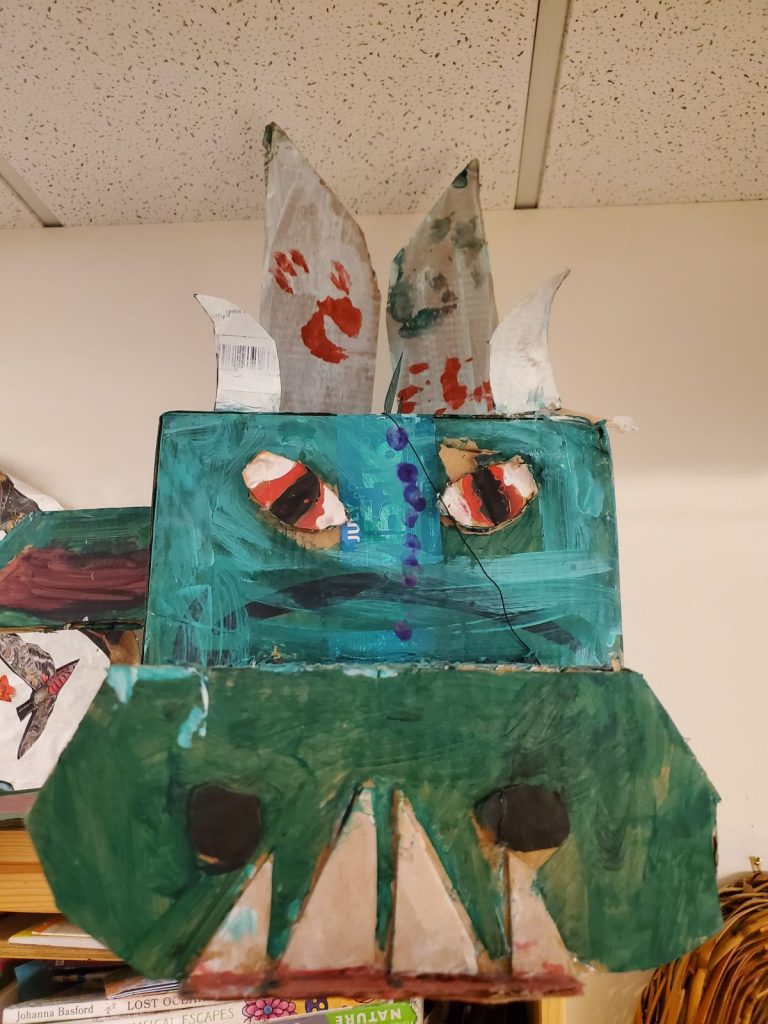
When Kids Become the Teachers
[et_pb_section fb_built=”1″ _builder_version=”3.22″][et_pb_row _builder_version=”3.25″ background_size=”initial” background_position=”top_left” background_repeat=”repeat”][et_pb_column type=”4_4″ _builder_version=”3.25″ custom_padding=”|||” custom_padding__hover=”|||”][et_pb_text _builder_version=”4.4.7″ hover_enabled=”0″]
As any guardian knows, combining work and family life can be challenging. Educating young children while working from home during a pandemic? Now that’s a pretty monumental task.
While there is no shortage of articles and resources aimed at supporting families as they try to find and restore a balance between their work and non-work lives during COVID-19, there are still plenty of opportunities to provide engaging learning experiences that will help build resilience, social skills, and the ability to retain learning. During these home-days, Hilltop has committed itself to creating a safe and healthy virtual environment for children that will encourage social interaction with their peers and the development of key social and emotional skills they need. But what happens when those sessions end for the day? Being at the forefront of field-building and leadership and aligning and advocating our practices with the best in the industry doesn’t take away the realities for some families. So, we asked… How are families coping with their new realities?
“It was a tough transition to home preschool with two working parents” says Marisa, parent at Hilltop. “We sought advice and quickly implemented both a split schedule and a red, yellow, green system to let them know which parent is available (green), which is in a meeting (red) and which is working but could be interrupted, if needed (yellow). Our son now asks ‘Are you my grown-up right now?’ and ‘Are you green yet?’ The routine, knowing that at least one parent is available to him, and having clear expectations seems to really help. We also have found ways to connect with grandparents and to get outside twice a day.”
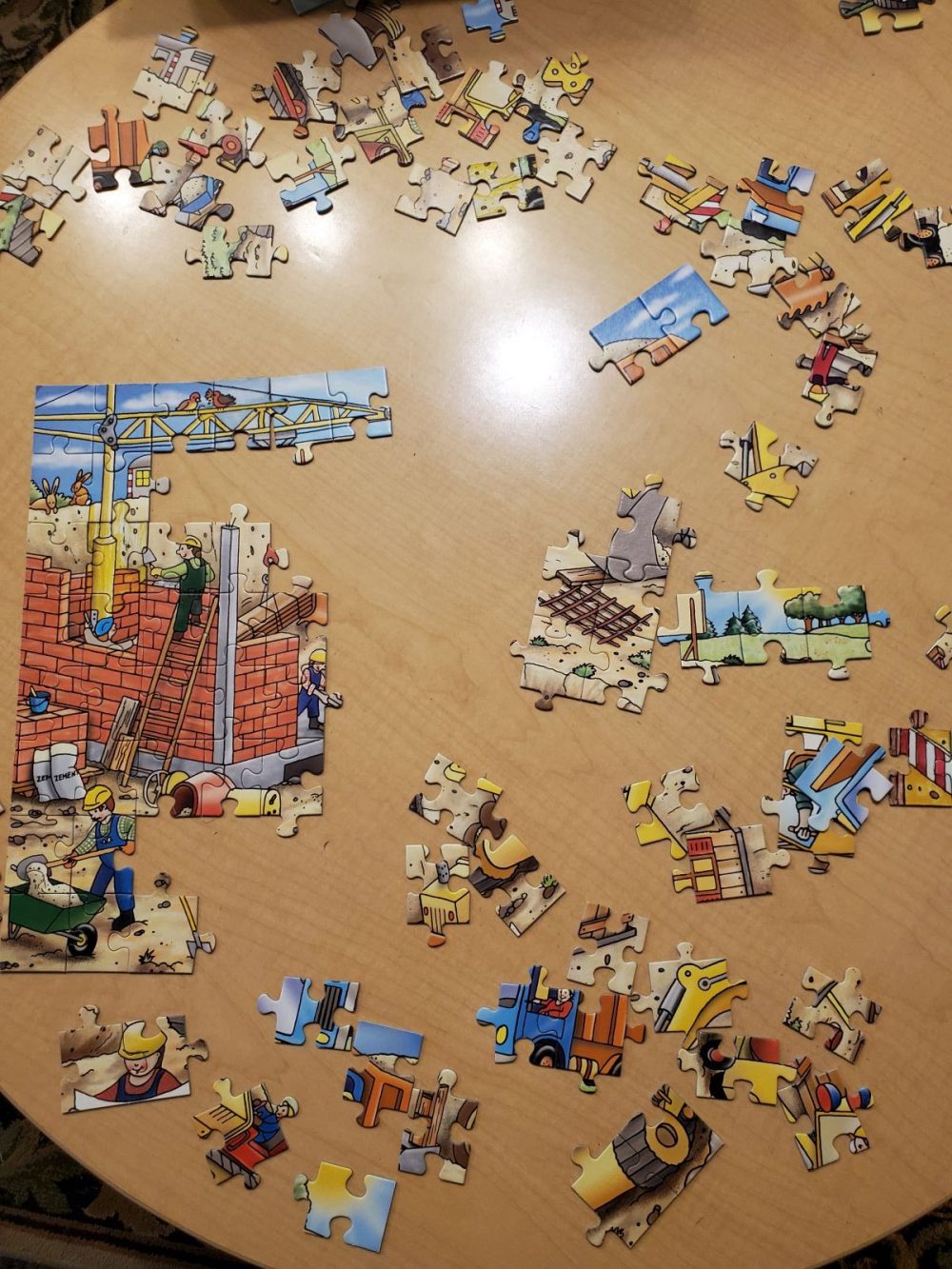
When asked how she is building and sustaining community during this time for children, Liddy Wendell, former Executive Director at Hilltop said, “I started a weekly newsletter for our neighborhood kid friend group. It includes photos of us in quarantine or from before when we would hang out all together to remind us of our community and our friendships, even while we can’t be together. The newsletter is a way for families to come together around something positive and enjoy each other’s ideas. At least once, it has turned a grumpy morning around. :)”
“Routines are vital for children,” says Nick T., educator at Hilltop. “Children need routines now more than ever to give them a sense of stability and security during these odd times. We advocate for our families to create a routine for their children at home, stick to it but also have some flexibility and responsiveness embedded into it to best respond to the needs of your children.”
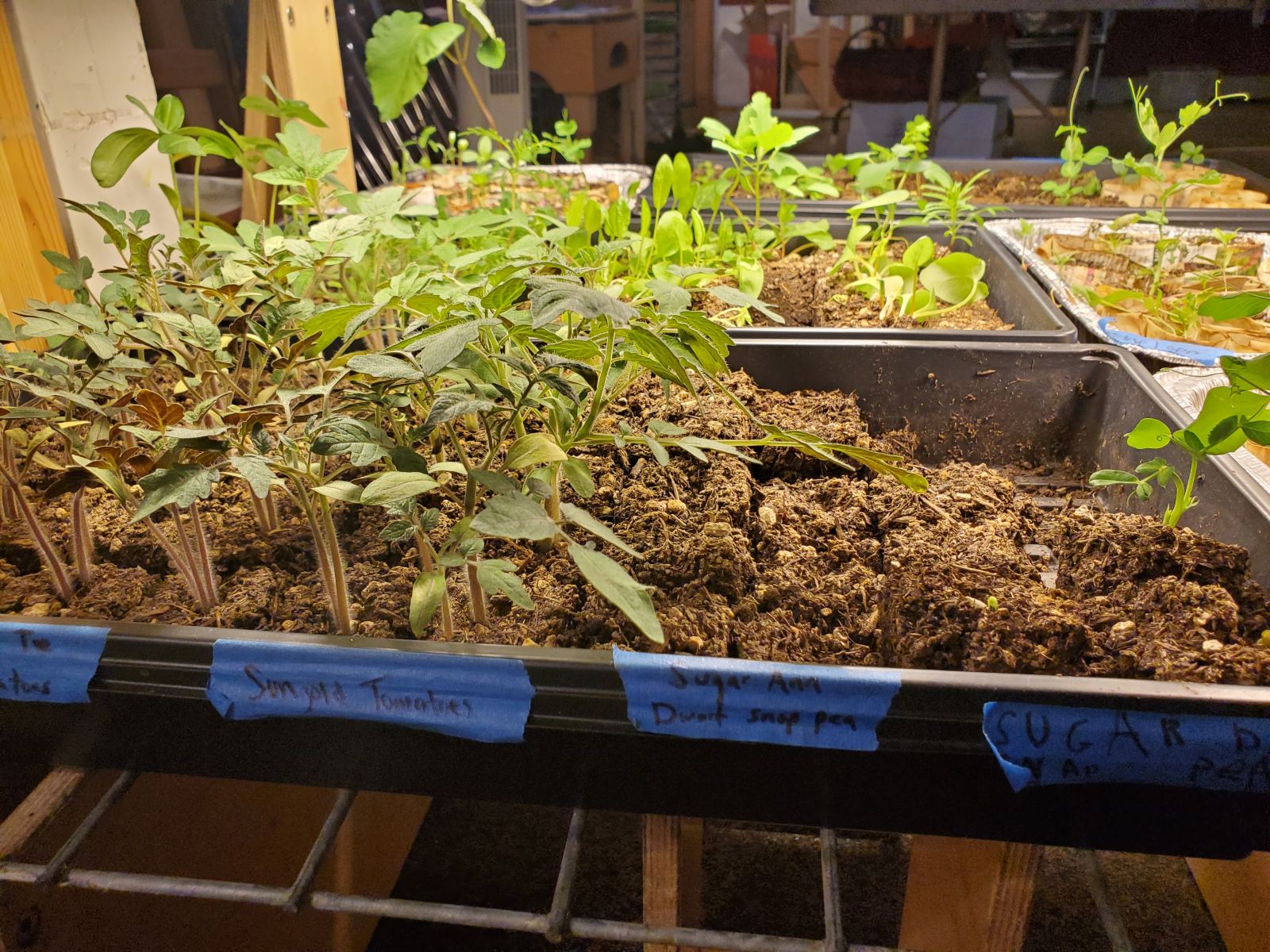 To help support their child at home, Kathryn, another parent at Hilltop has taken this advice. “Have a routine. Without a routine I knew my kids would get into ‘weekend mode’ and stay in weekend mode” she echoes. “A lack of routine can be scary for younger kids because they don’t ever know what to expect. For older kids a routine helps them maintain good mental health by making sure they eat regularly, have time outside, have time to socialize, and have time to use their brains and learn.”
To help support their child at home, Kathryn, another parent at Hilltop has taken this advice. “Have a routine. Without a routine I knew my kids would get into ‘weekend mode’ and stay in weekend mode” she echoes. “A lack of routine can be scary for younger kids because they don’t ever know what to expect. For older kids a routine helps them maintain good mental health by making sure they eat regularly, have time outside, have time to socialize, and have time to use their brains and learn.”
Children have so much to teach us. We spend time sparking their creativity by encouraging their curiosity, building their confidence, and using their art to spark conversations. And sometimes, these roles can be reversed! If we really listen to the voices of children, they can inspire us to create new ideas out of common everyday experiences. So we asked our respondents, “What’s one off-the-wall idea or something new you’ve done that has helped you parent effectively during this pandemic?”
“Family dance parties bring joy and help separate work from family time. Jump! and Old Time Rock & Roll are our kid favorites” says Marisa. “We’ve also been searching for snails as a motivator to get outside on wet days. One day, we named two snails, a slug and a potato bug Icky, Sticky, Slimy and Roll!”
In Kathryn’s household, “Getting the kids outside can be challenging some days, especially if it’s gray or rainy, so we’ve had to find creative solutions to motivate them for outside time. Using Pokémon GO seems to be especially exciting for my 5-year-old. She loves finding Pokémon and taking pictures with them.”
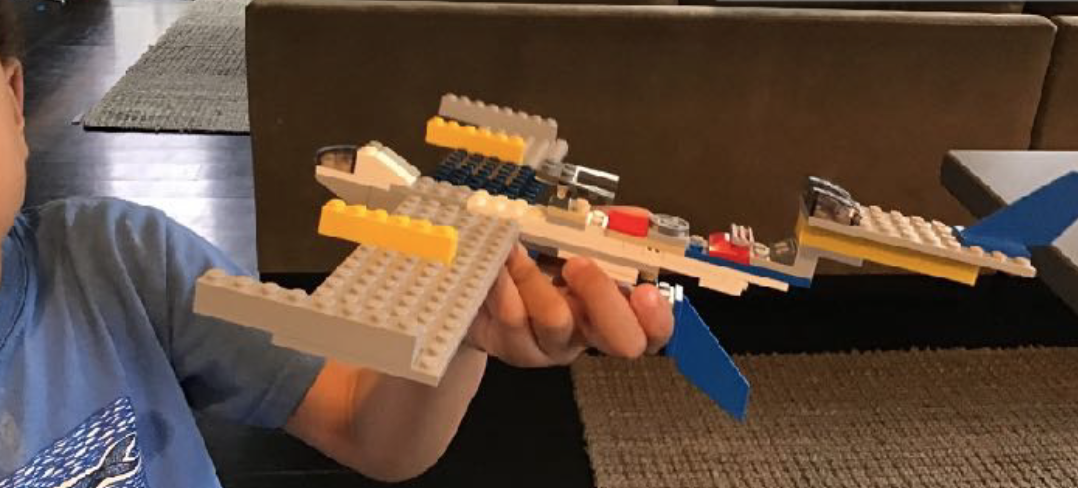
“The kids in the community have really taken ownership of the newsletter. While my initial idea was that it might serve as a forum for children to share their feelings about the pandemic or what they might be struggling with, children have been more interested in their day-to-day lives and/or sharing their varied interests” said Liddy. “This has included a photo journal of flowers from a walk around the neighborhood to science facts to art to writing. It’s fun to see kids get ideas from each other. An acrostic poem one week inspired a different friend to combine her own acrostic poem with a painting. Another friend’s building of Lego jets inspired a Lego heart lake village from someone else. One chocolate chip cookie recipe lead to a cinnamon roll recipe from another child the next week!”
In episode one and two of Hilltop’s podcast called “Napcast,” Nick T. and Mike Browne, Community Engagement Manager at Hilltop discussed how they have given themselves the space, grace, and permission to bring their whole identity to work and ways they have self-cared during COVID19. A philosophy that Starr, parent at Hilltop has adopted. “I think the idea of having a little self-compassion and forgiveness for myself. There are times I don’t meet my own expectations or always handle my children’s misbehavior with the optimal amount of patience and grace. Parenting is a challenge, even during regular times and we are all stretched thin right now. I try to remind myself daily to let go of the extra unnecessary stress and know that some days I might not be at the top of my parenting game…and that’s ok. None of us have walked this road before, so having a little grace for yourself should be expected.”
Where does this patience shows up? asked Mike Browne.
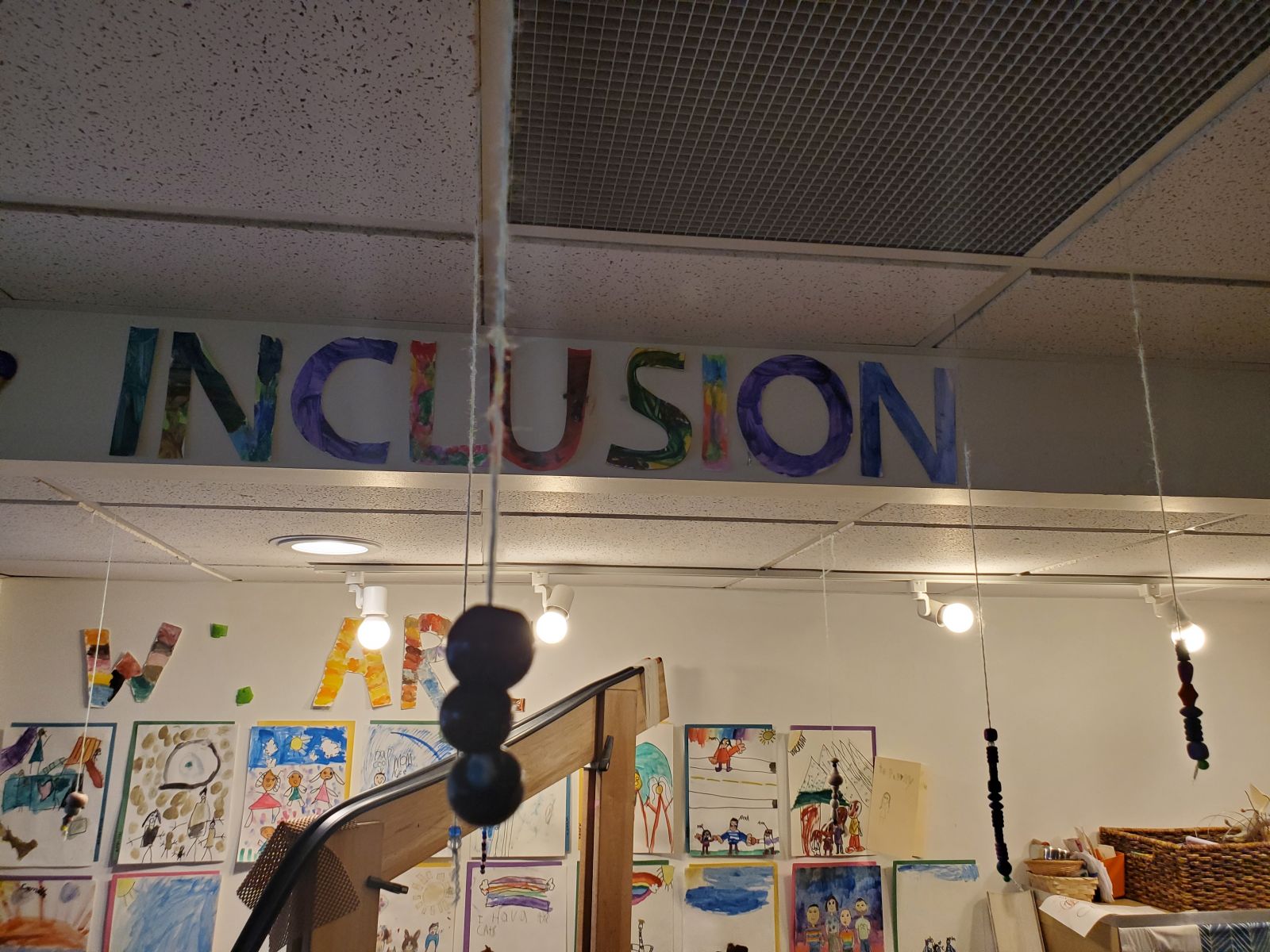 “The one thing we implemented about a month into the pandemic is ‘Special Time’ where we give our children 100% of our uninterrupted and undivided attention while doing an activity of his or her choosing for 10 minutes. My partner and I do this individually and separately with both kids. They choose and direct the play and we provide full, attentive presence. With the hecticness and uncertainty of the day-to-day this has allowed us to reconnect with our children and be in the present moment and appreciate the time together. Oh, and some nights when I am particularly stressed out by life or my high-energy and loud kids, I send them outside after dinner and I do the dishes with my headphones on listening to music. In just this 10-15 minute time my mood, stress level and perspective can be completely transformed. The power of music is truly a beautiful thing.”
“The one thing we implemented about a month into the pandemic is ‘Special Time’ where we give our children 100% of our uninterrupted and undivided attention while doing an activity of his or her choosing for 10 minutes. My partner and I do this individually and separately with both kids. They choose and direct the play and we provide full, attentive presence. With the hecticness and uncertainty of the day-to-day this has allowed us to reconnect with our children and be in the present moment and appreciate the time together. Oh, and some nights when I am particularly stressed out by life or my high-energy and loud kids, I send them outside after dinner and I do the dishes with my headphones on listening to music. In just this 10-15 minute time my mood, stress level and perspective can be completely transformed. The power of music is truly a beautiful thing.”
Eventually, the physical distancing order will be lifted, meaning kids will return to school, and some of our pre-COVID19 life will resume. But there are things we have learned about our children and as ourselves as guardians that we are grateful for and hope to hold onto moving forward.
For Marisa, she and her partner have learned how to respond differently to their son’s emotions, which has allowed all of them to stay connected and less frustrated. Learning to slow down more, to help him name his feelings and wait until he’s calm enough to talk it through. “My son has really stepped up during this time” she added. “As have many kids, he’s learning to play more on his own, go outside by himself and try out more grown-up activities by helping out with cooking, gardening, laundry, etc. He’s also learned to ride a bike, and it has been amazing to watch him take frustration and the inevitable bumps in stride.”
To Kathryn’s delight, “I’ve also learned that my two kids can actually play together very well. They have an almost 9-year age difference so they haven’t always connected as far as playing, but they’re turning to each other a lot more for play time. We live in a time where kids are so scheduled, but because swimming lessons, dance classes, and soccer practice are all canceled, the kids have no choice but to play with each other. I really hope they’re creating a bond in this time that will last their whole lives.”
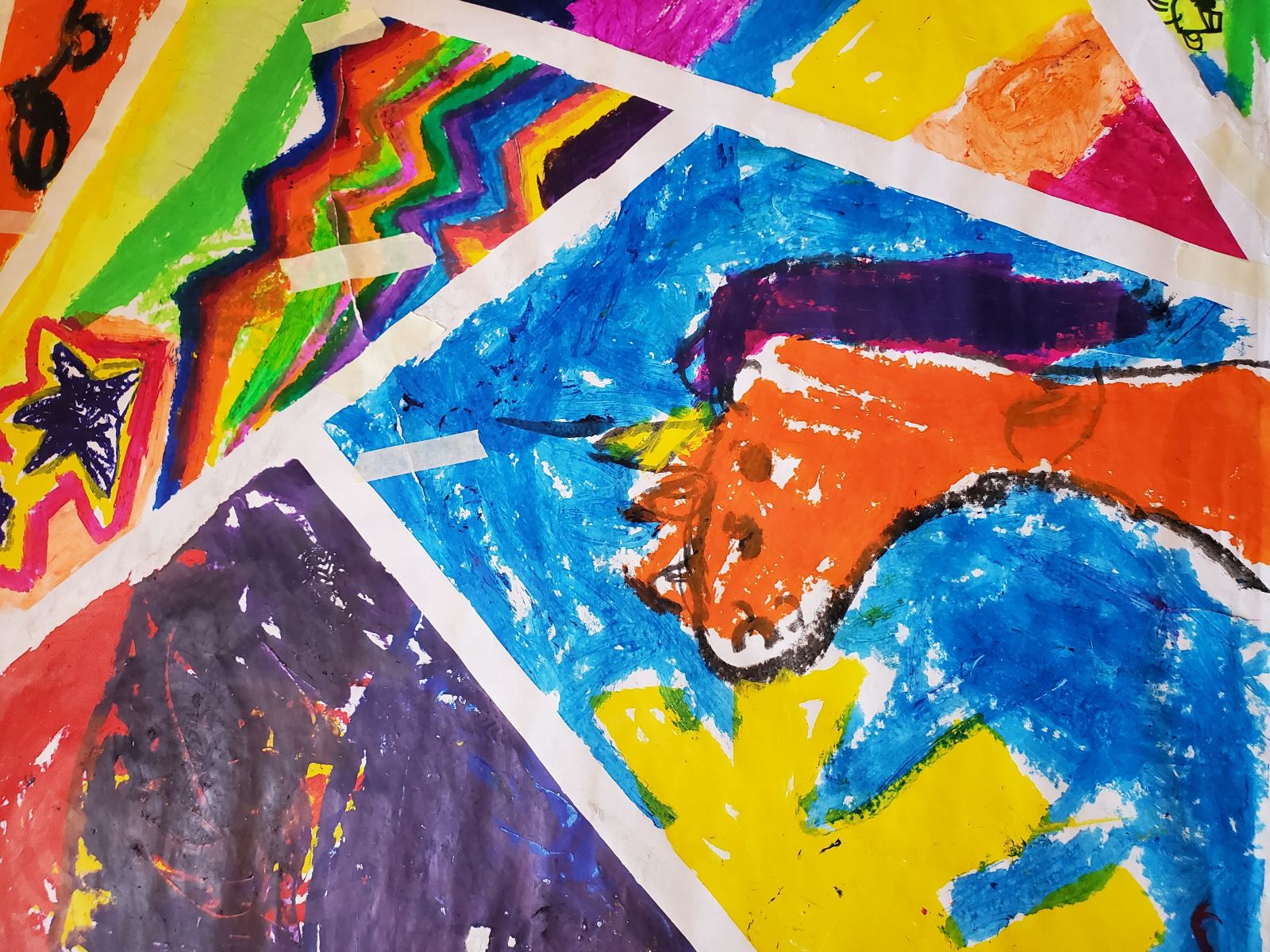
For Liddy, she realized what children need isn’t always what they want or need from her. “For the first newsletter, I had a theme (spring), but it quickly became clear that the children didn’t need a theme and that it would actually hold back their creativity. I never would have thought of all the various submission options, from love poems for Pikachu, to word puzzles and riddles, to paintings, to mad libs about teeth and baby Yoda.” “I am really grateful for my neighborhood community” Liddy added, “We are checking in on each other, whether over the fence or from the driveway walking by, supporting each other, getting groceries for those of us who are higher risk, leaving flowers, writing notes. I hope we continue that support over the long haul.”
“The quarantine has really put things in perspective and focus on what’s really important” added Starr. “Prior to March, when the stay at home order went into effect, most weekends seemed to be my partner, Joe, and I trading off who had the kids so that we could get our own projects done or personal time met. Our days/weekends now consist of bike rides, walks, trampoline time, gardening, searching for bugs, neighborhood scavenger hunts, Hide-n-go seek, and a whole lot of family time. I am truly thankful for the opportunity to really slow down, be less distracted and more in the present, and view what’s going on around us and what’s going on directly at home and how we can be more intentional with our family.”
This quarantine hasn’t gone on without funny, interesting, or memorable moments however.
“It’s not anything super funny,” stated Kathryn, “but my 5-year-old has started sending cards and letters to people in the mail and receiving cards and letters in return. It’s been really cute to see how excited she gets about receiving mail, especially when that’s something that kids of this generation aren’t accustomed to.
“Check out my Madlibs!” said Liddy. “Feel free to use it or recreate it for your own community!”


“I could name a few!” added Marisa. “Our son has begun to ‘kid-splain’ things to us. He’s been kid-splain’ing things he’s learned during games or shows during tablet time—that astronauts wear diapers, all about black widow spiders, and that the earth tilts on its axis (which, he figures, is why his bed feels crooked). Our son came and sat on my lap during a Zoom call one day. One of my colleagues had a virtual background of the Death Star. He wanted to know how he got there and how come I don’t get to work in space, too.
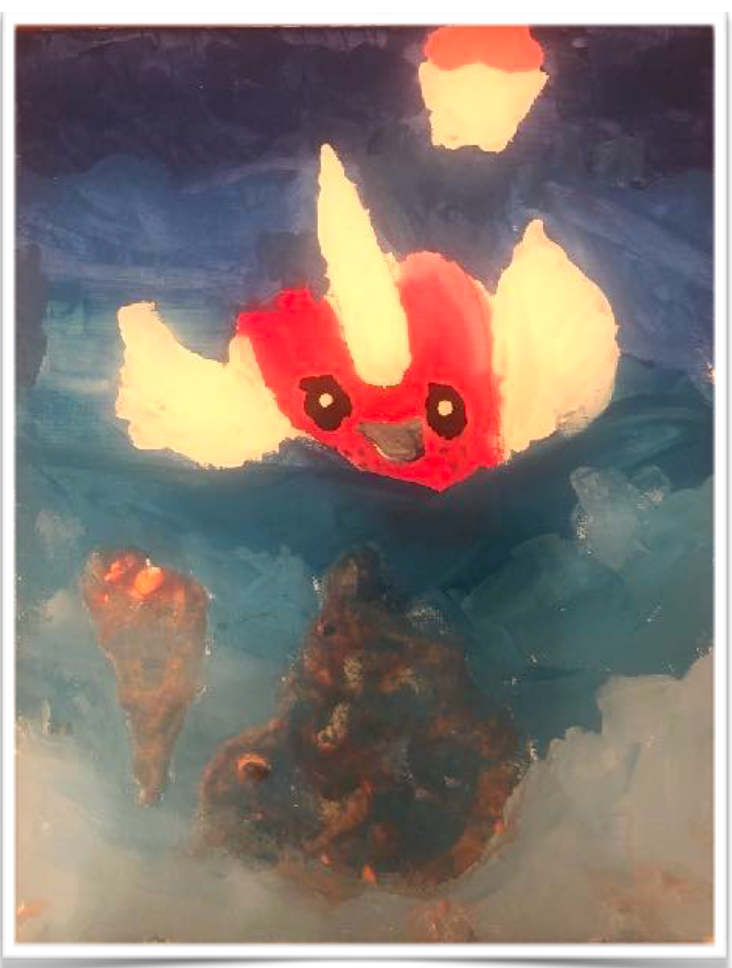 “I suppose not entirely COVID-19 related, but we just recently potty trained our toddler over the winter break” said Starr. “In February/March he had a couple weeks of regression and often when we picked him up from preschool his clothes would be in a plastic bag due to potty accidents. Since being back at Hilltop occasionally we have been handed a plastic bag of his clothes if he had an accident or mostly because he got wet or dirty that day. I am a flight nurse and early into the pandemic I started changing my clothes at work and bringing my dirty flight suit and work clothes home in a plastic bag to wash to decrease the risk of transmission of germs into my home. The other morning I came home from work and my 6 year old was helping me unload my stuff from the car. She picked up the bag with my dirty flight suit and asked “Mama, did you have an accident at work?” I replied ‘No Klara, Mama did not pee her pants at work.’”
“I suppose not entirely COVID-19 related, but we just recently potty trained our toddler over the winter break” said Starr. “In February/March he had a couple weeks of regression and often when we picked him up from preschool his clothes would be in a plastic bag due to potty accidents. Since being back at Hilltop occasionally we have been handed a plastic bag of his clothes if he had an accident or mostly because he got wet or dirty that day. I am a flight nurse and early into the pandemic I started changing my clothes at work and bringing my dirty flight suit and work clothes home in a plastic bag to wash to decrease the risk of transmission of germs into my home. The other morning I came home from work and my 6 year old was helping me unload my stuff from the car. She picked up the bag with my dirty flight suit and asked “Mama, did you have an accident at work?” I replied ‘No Klara, Mama did not pee her pants at work.’”
As we close, we’d like to thank our respondents, Marisa, Kathryn, Starr, Nick T., and Liddy., We acknowledge that many of our other families have different styles and methods in offering support or comfort to their child, and leave you with one piece of advice we’d like to share from Kathryn on how to support children during scary times such as COVID-19 or any other future pandemics:
“Just be honest in a developmentally appropriate way. Children have such wonderful imaginations, but what this can mean when something scary happens and they don’t have enough information, they fill in the gaps with fantasy and the fantasy is often scarier than the reality. From the beginning I’ve tried to tell my kids the truth about what is happening but also remind them that it is my job to keep them safe and that’s what I’m going to do. I don’t think either of my kids would tell you that having a routine or being told information about the pandemic is particularly fun, but I do think it helps them cope.”
As the stay-at-home order slowly gets lifted, let’s remind ourselves to hold a strong image of the child and the profound impact that this has on a young child’s life. When we remind ourselves that children are capable of complex thinking, curious, and rich in potential, we are far more likely to acknowledge their strengths, welcome their contributions, and discuss the scary topics, such as viruses, violence, and other weighty topics, with confidence that they can handle it.
 Mike is the Community Engagement Manger for Hilltop Educator Institute where he has worked since 2017.
Mike is the Community Engagement Manger for Hilltop Educator Institute where he has worked since 2017.
Hilltop Educator Institute collaborates regularly with change agents across North America, Europe and New Zealand to provide professional development opportunities in Greater Seattle through evening, half-day and full day workshops known as the Educator Discussion Series (EDS). Hilltop Educator Institute provides resources and support to educators, programs leaders, children’s advocates, and the community at large, in order to widen access and opportunity for all children. To study at Hilltop for a day, register for upcoming workshops, or learn more about our services, email Mike at institute@hilltopcc.org or visit us at www.hilltopcc.com/institute.
[/et_pb_text][/et_pb_column][/et_pb_row][/et_pb_section][et_pb_section fb_built=”1″ admin_label=”section” _builder_version=”3.22″][et_pb_row admin_label=”row” _builder_version=”3.25″ background_size=”initial” background_position=”top_left” background_repeat=”repeat”][et_pb_column type=”4_4″ _builder_version=”3.25″ custom_padding=”|||” custom_padding__hover=”|||”][/et_pb_column][/et_pb_row][et_pb_row _builder_version=”3.25″ background_size=”initial” background_position=”top_left” background_repeat=”repeat”][et_pb_column type=”4_4″ _builder_version=”3.25″ custom_padding=”|||” custom_padding__hover=”|||”][/et_pb_column][/et_pb_row][/et_pb_section][et_pb_section fb_built=”1″ _builder_version=”3.22″][et_pb_row _builder_version=”3.25″ background_size=”initial” background_position=”top_left” background_repeat=”repeat”][/et_pb_row][/et_pb_section][et_pb_section fb_built=”1″ _builder_version=”3.22″][et_pb_row _builder_version=”3.25″ background_size=”initial” background_position=”top_left” background_repeat=”repeat”][/et_pb_row][/et_pb_section]